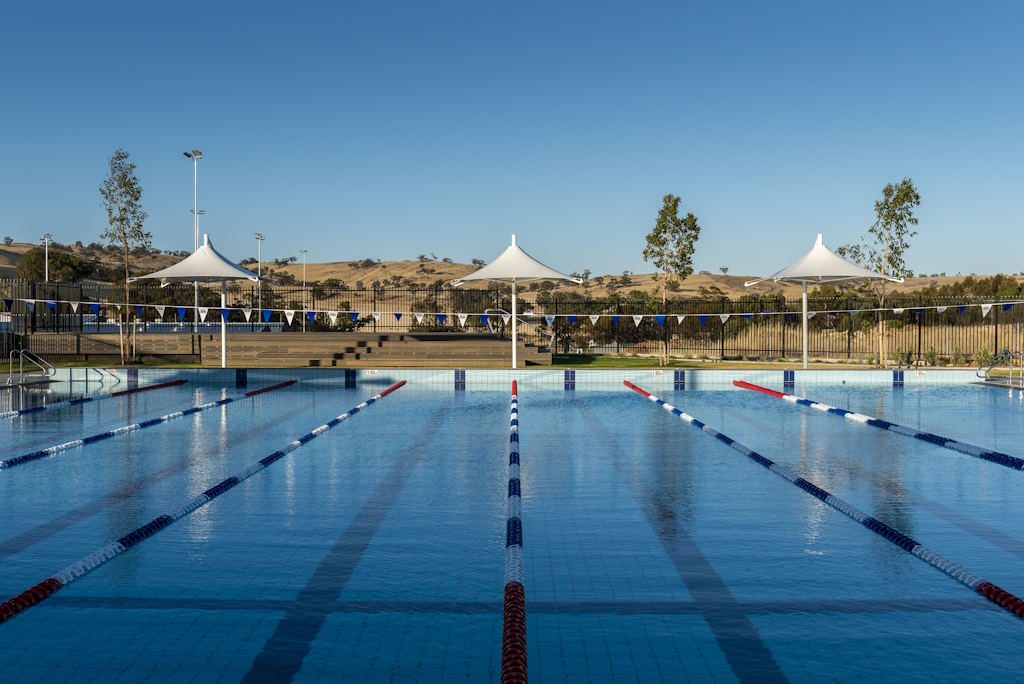Published 30 April 2025

Royal Life Saving Australia welcomes the Australian Government’s ongoing commitment to improving the sustainability of Australian aquatic facilities, with the announcement of the second round of the Community Energy Upgrades Fund (CEUF).
The Fund provides important support for local governments to invest in energy efficiency upgrades, including at aquatic facilities – places that play a vital role in supporting community health, wellbeing, physical activity and water safety outcomes across Australia.
Investments in facility electrification, solar, battery storage and water-saving technologies support Australian aquatic facilities to remain accessible and sustainable into the future.
RJ Houston, General Manager – Capability and Industry at Royal Life Saving Australia, said the program reflects growing recognition of the social, health and economic importance of aquatic facilities and the need to support their long-term availability.
"Aquatic facilities are among Australia's most valued community assets, but they are also among the highest users of energy, water, and gas, which makes them costly to own and operate," Mr Houston said.
"Royal Life Saving Australia’s recent research found that aquatic facilities – which hosted more than 421 million visits last year – consumed over 1.5 billion kilowatt-hours of electricity and 13 billion megajoules of gas, equating to 3.76 kWh and 32 MJ per visit respectively. They also used approximately 30 million kilolitres of water, or 72 litres per visit.
"Investing in energy upgrades like electrification of heating systems, solar installations, battery storage and improved filtration technologies is not just good environmental practice, it is essential to maintaining safe, affordable access to aquatic recreation and swimming for communities across Australia."
Recent findings from the State of Australian Aquatic Facilities 2025 report and discussions at the National Aquatic Infrastructure Symposium, convened by Royal Life Saving Australia, have highlighted that while some Australian facilities are achieving sustainability leadership, Australia continues to lag behind countries such as Canada and the United Kingdom in energy efficiency performance at aquatic facilities.
Importantly, Royal Life Saving Australia’s research also found that there is currently no nationally agreed benchmark or baseline for energy and water usage in aquatic facilities – underscoring the critical role programs like the CEUF play in supporting sector-wide improvements.
Local government aquatic facility owners are encouraged to review the guidelines and apply. Further information about eligibility, application requirements and funding details is available at: Community Energy Upgrades Fund – Round 2.
About the Community Energy Upgrades Fund – Round 2:
- Eligible applicants: Local government authorities across Australia.
- Funding available: Grants between $25,000 and $2.5 million, covering up to 50% of eligible project costs.
- Eligible projects: Energy upgrades at existing facilities, including electrification of pool heating systems, solar panel installation, energy-efficient lighting, and battery storage solutions.
- Applications close: 5:00 pm AEST, Friday 13 June 2025.
- Projects must be completed by: 31 March 2028.
Royal Life Saving Australia continues to advocate for sustainable investment in aquatic infrastructure through our research and recommendations, including calls for national aquatic facility sustainability benchmarks, expanded and sustained funding streams for energy upgrades, and improved water-saving technologies.
Further information about Royal Life Saving Australia’s research and advocacy on aquatic infrastructure sustainability is available in the State of Australian Aquatic Facilities 2025 report.
References
- Houston, R., Koon, W., & Scarr, J. (2025). State of Australian Aquatic Facilities 2025: Benchmarking Social, Health & Economic Value, Access Equity & Sustainability. Royal Life Saving Society – Australia. https://doi.org/10.62977/89487
- Department of Climate Change, Energy, the Environment and Water. (2025). Community Energy Upgrades Fund – Round 2. Retrieved from https://business.gov.au/grants-and-programs/community-energy-upgrades-fund-round-2
